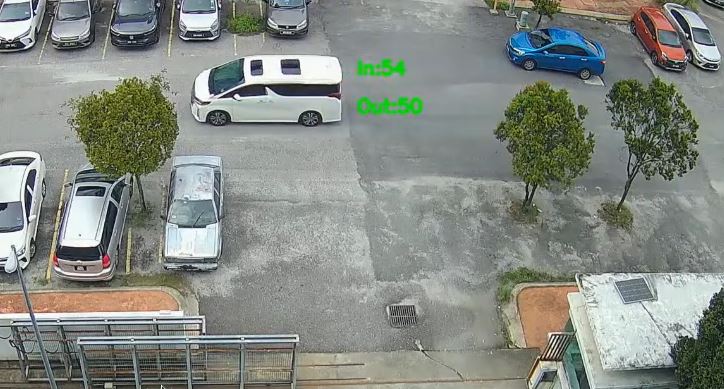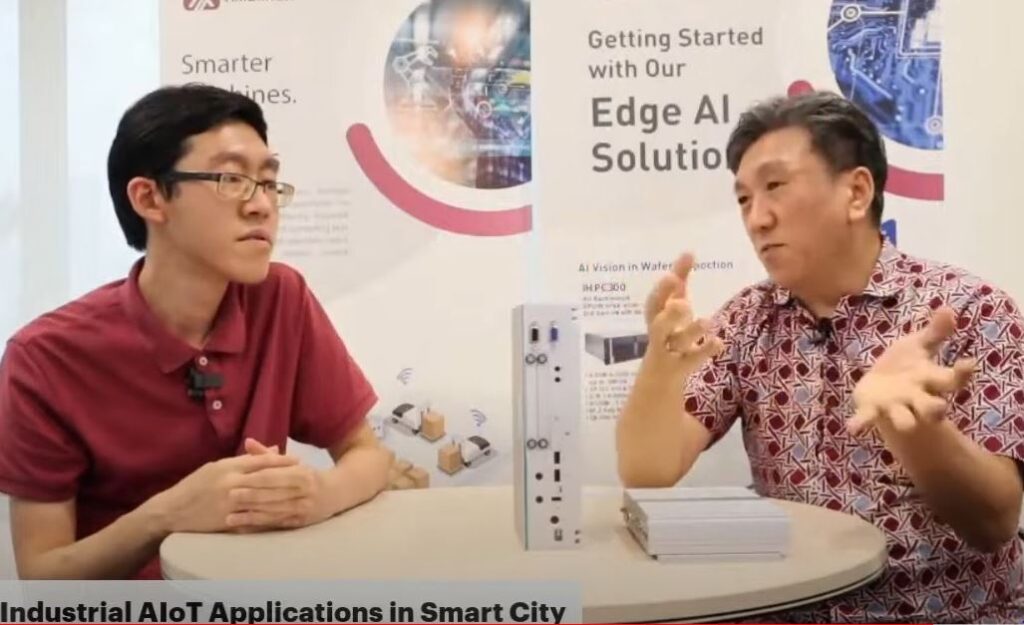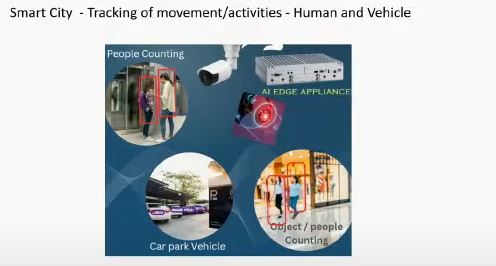The 31st episode of Sembang AIoT, marking the first live session of 2024, kicked off with a focus on the application of AIoT in developing Smart Cities. This initiative aligns with the objectives set out in the New Urban Agenda (NUA) and the Sustainable Development Goals (SDG), highlighting numerous areas for enhancement and planned advancements in Smart City construction. Central to the SDG framework are two pivotal areas: PEOPLE and PLANET. The PEOPLE aspect aims to eradicate poverty, eliminate hunger, and promote good health, while the PLANET objective focuses on achieving net-zero carbon emissions, preserving aquatic life, fostering terrestrial ecosystems, and building sustainable cities and communities.
A Smart City is an urban area that uses different types of electronic Internet of Things (IoT) sensors to collect data and then uses insights gained from that data to manage assets, resources, and services efficiently. This concept integrates information and communication technology (ICT), and various physical devices connected to the IoT network to optimize the efficiency of city operations and services and connect to citizens.
Key features of a Smart City include:
Data-Driven Management: Using AI data analytics to improve urban services such as transportation, power supply, water distribution, and waste management.
Connected Infrastructure: Implementing connected technologies with IOT for better infrastructure management, like smart grids, intelligent traffic systems, and energy-efficient buildings.
Smart Public Services: Enhancing public services through technology, like e-governance services, digital libraries, and online health consultations.
Sustainable Environment: Promoting environmental sustainability through smart urban planning, renewable energy sources, and efficient waste management systems with the use of IOT technology to act as monitoring tools for this purpose
Enhanced Public Safety: Using technology to improve public safety, including surveillance systems, emergency response systems, and predictive policing. example the AI analytic surveillance system.
Citizen Engagement and Participation: Encouraging citizen participation in city governance through digital platforms and real-time feedback systems.
Economic Development: Fostering innovation and economic growth by creating a technology-friendly environment that attracts businesses and startups.
By integrating AI and IoT, Smart Cities aim to enhance the quality of life for residents, improve sustainability, and create more efficient and responsive city governance.
.
People tracking and counting with Vision AI is one of the example to continuously monitor or provide surveillance with anomaly detection on sudden crowd, density of people per location and activity movement of people. That covers the safety and the healthy living part of it.
Traffic monitoring on vehicle in the parking around the cities area to provide a information of the parking space can be one of the example of application of IoT and AI where availability of parking space can be published to the drivers to help diverting traffic to the right location and hence shorten the waiting time and reduce the carbo emission.

Live Demo of the Vision AI detection of the moving vehicle


In the Live demo that we showed in the live session, We demonstrated how Axiomtek AIoT appliance where it is able to provide the numbers counted by the AI model for the passing by vehicle. The above snap shot shows the passing vehicle with the indicator 49 ( in the first picture) and increase to 50 after the vehicle has passed.

